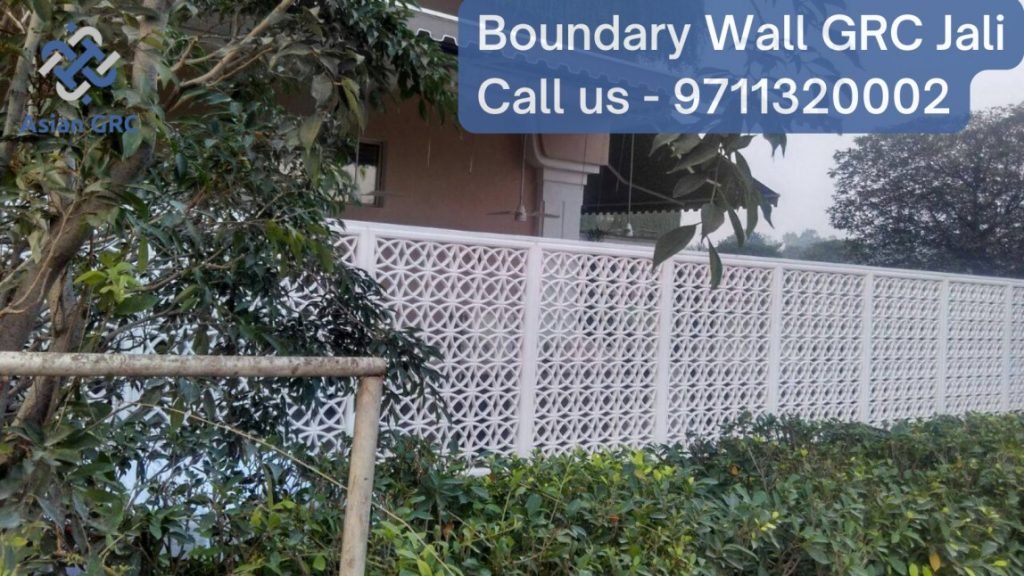
The difference between GFRC and GRC is nothing. . Both are referring to the same substance. The reason why there are two different acronyms is due to variations of the word “glass fibre”:
Glass fibre Reinforced Cement (GRC) or
Glass Fibre Reinforced Concrete (GFRC)
The latter is more commonly used as the British spelling; however, this acronym has been used throughout the United States by some builders because the product is often identified by an acronym.
Because they’re the same material, they are both classified as water, cement glass fibre, and various other chemical substances that are safe. Glass fiber can also be resistant to alkali (AR) which can extend its life span and can be used in concrete.
Benefits of Both GFRC and GRC
GRC/GFRC is light, strong and tough which makes it one of the most suitable material for the construction of any type of architectural structure for interior use. Place an order for GFRC and GRC now by contacting Asian GRC now.
Understanding GFRC
Definition
GFRC, or Glass Fiber Reinforced Concrete, is a specialized type of concrete that incorporates glass fibers for reinforcement. These fine fibers, usually dispersed randomly throughout the mix, enhance the concrete’s tensile strength, flexural strength, and impact resistance.
Key Features
Lightweight: One of the standout features of GFRC is its lightweight nature. The incorporation of glass fibers reduces the overall weight of the concrete, making it an ideal choice for projects where weight is a critical factor.
Versatility: GFRC offers unparalleled versatility in design. Its moldability allows for intricate shapes and details, making it a preferred choice for architectural elements such as facades, countertops, and decorative panels.
Durability: Thanks to the reinforcing properties of glass fibers, GFRC exhibits enhanced durability and longevity compared to traditional concrete. It is highly resistant to cracks and fractures, ensuring a lasting and reliable construction material.
